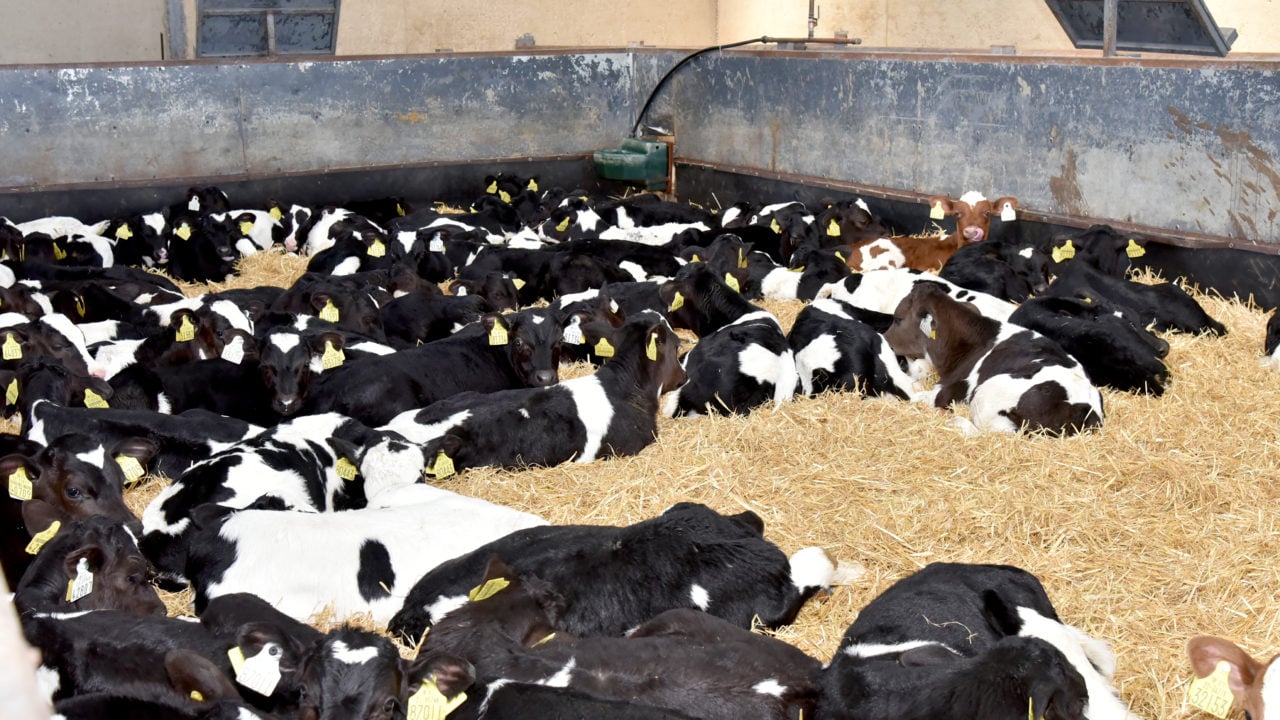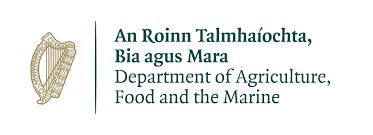Cattle export numbers surge despite sailing setbacks
The latest export figures have shown the total number of cattle exported from Ireland has increased by over 12,000 head when compared to figures from the same time period last year.
The number of store and adult cattle exported has decreased, but the number of calves and weanlings exported has increased.
Calf export capacity had suffered a setback on Tuesday, March 29, when the Stena Horizon vessel entered dry dock for a routine service. As of Tuesday, April 26, the vessel remains in dry dock and will resume sailing on Saturday (April 30) at the earliest.
Cattle exports by type for the past three years, up to and including the week ending April 17:
| By category | 2020 | 2021 | 2022 |
|---|---|---|---|
| Calves: | 92,833 | 86,969 | 102,873 |
| Weanlings: | 8,456 | 7,328 | 8,014 |
| Stores: | 6,762 | 8,908 | 7,677 |
| Adult cattle: | 10,912 | 15,574 | 12,368 |
| Total cattle: | 118,963 | 118,779 | 130,932 |
An increase in the number of cattle exported is generally seen as positive news by beef farmers, as it reduces the amount of cattle available in the system which helps to shift the supply/demand dynamic more in favour of the beef farmer.
The large volume of calves exported to date this year are primarily dairy-bred male calves destined for veal production in countries in mainland Europe.
Cattle exports by destination up to and including the week ending April 17:
| Country | 2020 | 2021 | 2022 |
|---|---|---|---|
| Netherlands | 47,339 | 31,144 | 63,013 |
| Spain | 32,051 | 39,317 | 32,872 |
| Northern Ireland | 11,878 | 26,695 | 14,407 |
| Italy | 6,770 | 11,971 | 9,687 |
| Libya | 5,569 | 3,032 | 5,051 |
| Poland | 2,447 | 958 | 1,822 |
| Jordan | - | - | 1,601 |
| Great Britain | 1,715 | 837 | 911 |
| Greece | 908 | 682 | 791 |
| Belgium | 3,927 | 1,425 | 572 |
| Morocco | - | - | 111 |
| France | 2,927 | 2,480 | 44 |
| Other | 3,432 | 238 | 50 |
| Total | 118,963 | 118,779 | 130,932 |
As the table above indicates, the Netherlands has taken the largest number of Irish bovine livestock to date this year (on a per head basis) .
Customers in the Netherlands buy mainly calves and, as the table above indicates, the number of cattle traded to the country has more than doubled in the first 14 weeks of this year compared to the same time period last year.
However, the number of livestock exported to Northern Ireland has fallen considerably.
One of the major talking points last year was the strong demand for forward and finished cattle from Northern Ireland, however in the first 14 weeks of this year, the number of cattle exported north has fallen by over 12,000 head.





